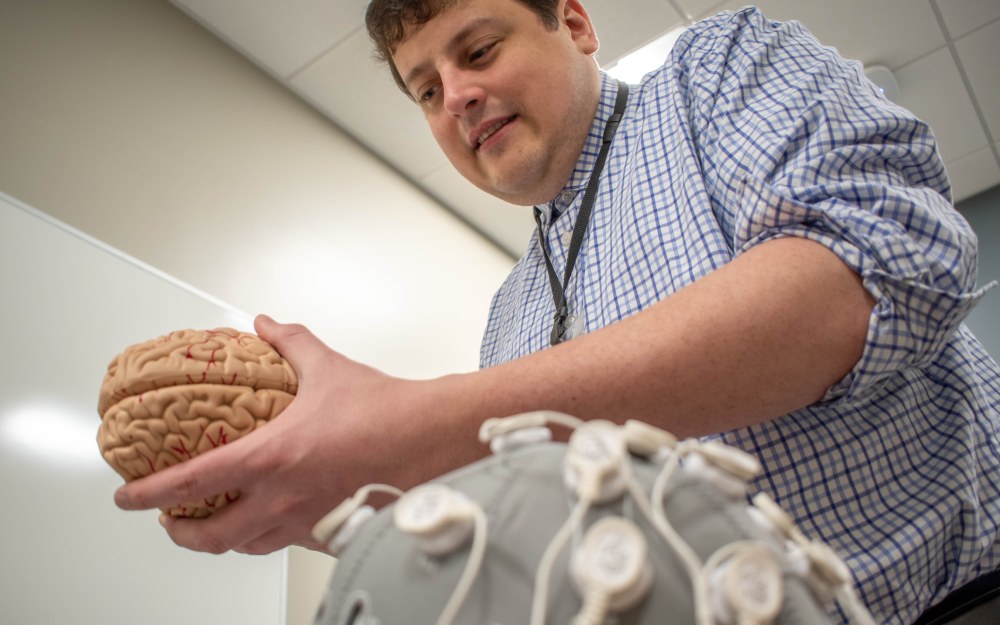
Examining Rogers’ telehealth outcomes data
10/28/20 10:35:am
More than 3,300 surveys have been completed since March that ask our patients two important questions. How satisfied were you with the telehealth service? And how satisfied were you with the technology? On a scale of 1-10, current ratings are 7.3 for telehealth and 7.1 for technology.
“We pivoted very quickly to this and most patients are very satisfied with the technology and treatment,” says Brad Riemann, PhD, chief clinical officer. “We’re working on how we can turn 7.3s into 8.3s. If we’re going to utilize this long-term, how do you enhance? How do you increase engagement?”
Looking at the data
For years, Rogers has put an emphasis on collecting outcomes data from our programs and using it to further improve and direct our care. It’s important that people are both satisfied with Rogers Connect Care and that they are also getting better. Looking at our main outcome measures, patients in telehealth still saw significant improvement, but not at the same level as what is typically seen in in-person care.
Dr. Riemann explains that the only reason we’re still able to collect such detailed data is the dedication and hard work of the Clinical Effectiveness team, who had to develop a new system for collecting data.
“The Clinical Effectiveness team, was able to develop a fully secure, remote, electronic data capture system in a matter of two weeks,” says Brian Kay, vice president, continuous improvement. “The ability for our patients to continue to take their outcome measures has allowed our clinicians to continue to maintain effective, evidence-based care.”
One benefit of telehealth so far has been an increase in accessibility for those who would otherwise be unable to attend treatment on a daily basis.
“We had a young adult in India tapping into the Kenosha adult OCD program,” he says. “We’ve had people in rural Wisconsin and a lot of other states access our programs.”
As we slowly transition people back into our clinics, outcomes data is being used to determine which service line would see the most benefit from returning to in-person care. In the meantime, a telehealth workgroup is meeting weekly to look into how we can improve services and patient engagement.
“Overall, we should be very proud of what we have been able to do in a very short period of time,” Dr. Riemann says. “We were able to move a very large number of patients to telehealth which many organizations really struggled to do. Rogers Connect Care has provided an effective alternative to in-person treatment in an unprecedented time.”





